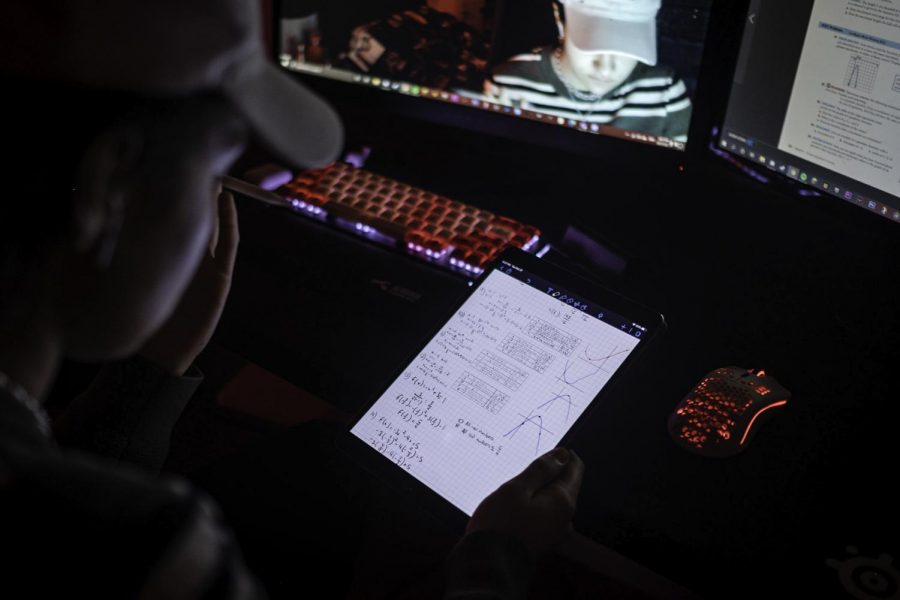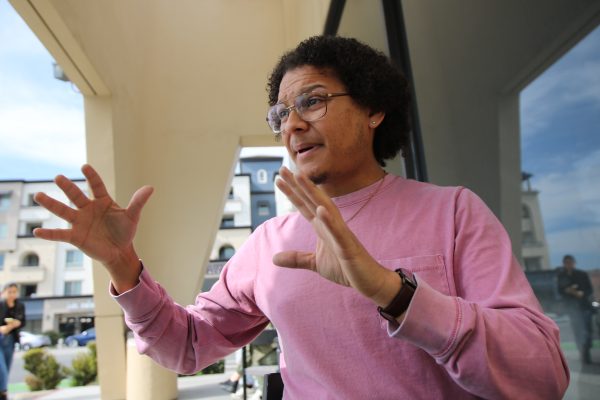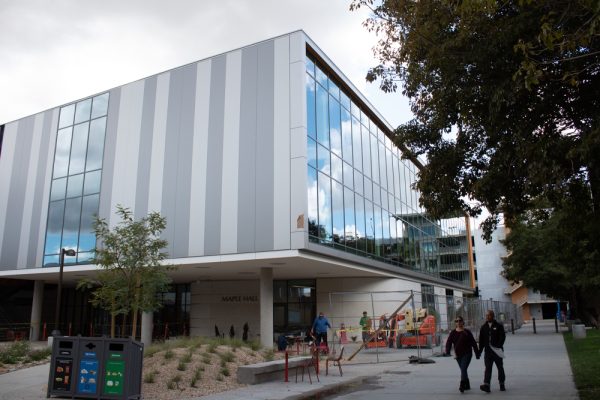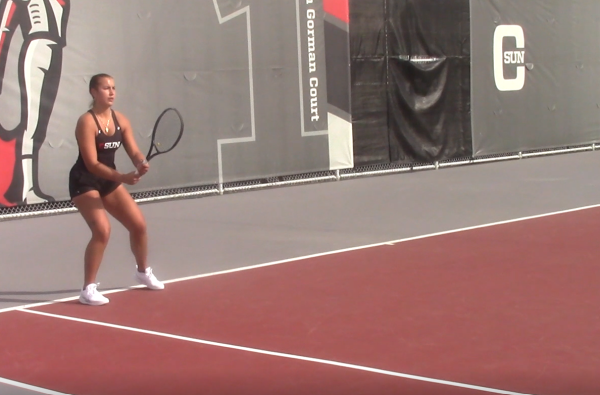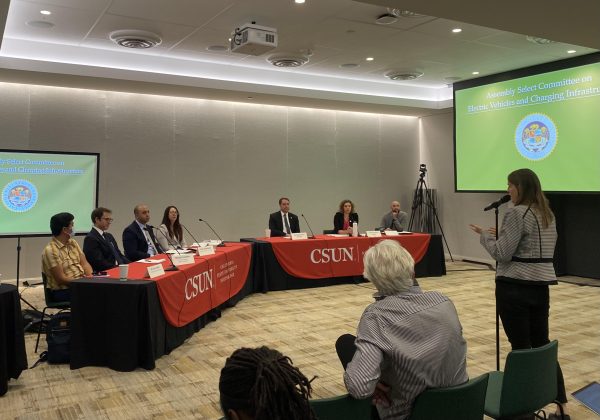Learning Resource Center supplemental instructor navigates teaching and learning in an online environment
November 25, 2020
Fifteen minutes before he starts teaching, Victor Prado takes out his weekly lesson plan and checks his iPad and stylus to make sure they’re fully charged and ready to use. He then logs onto Zoom and he waits in his bedroom for 30 students to log in.
Prado, a senior at CSUN majoring in secondary education with a focus on mathematics, is a Learning Resource Center supplemental instructor who teaches a 50-minute lab twice a week to help students review the material, prepare for tests, and develop better study skills.
Prado observes the lecture portion of Mathematical Ideas — a math course for first-year students that has traditionally low passing rates — taught by a course instructor. He then instructs the corresponding lab for Mathematical Ideas, where he has full control of the sessions and keeps track of attendance and grades.
When CSUN transitioned to online learning in mid-March, Prado was teaching a lab for introductory statistics. He began to experiment with Zoom’s features and concluded that writing equations with a mouse and keyboard was not going to effectively replace the use of a whiteboard.
“Since I teach math, I like writing on the whiteboard,” he said. “But as I was experimenting with Zoom for the first time, I noticed that the features it has weren’t the best, the handwriting looked janky and awful for writing math equations.”
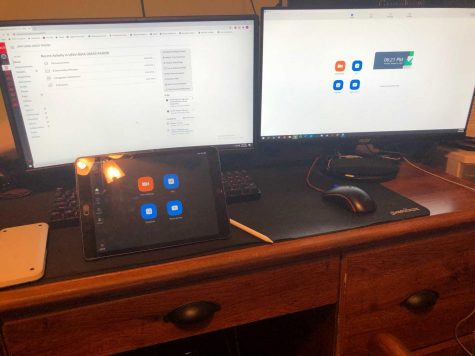
Prado then got an idea from a colleague to buy an iPad, along with a stylus, webcam and an app called Notability that allowed him to easily upload PDFs for his students.
He spent about $700 out of his own pocket but uses the same devices for his own classes to accommodate virtual learning.
Prado said that he transitioned easily into teaching online with no difficulties, but still believes that it’s not the ideal way to instruct. He still finds it difficult to read students over Zoom if they need help.
“Teaching online is very limited because there’s no personal teacher connection with a student, as it was in person,” said Prado. “There’s some sort of disconnect online because I can tell if a student is struggling on a specific problem visually and physically [when in person] and I always help them out.”
In his experience, he believes that students are also having a hard time learning remotely.
“I can’t speak to exactly how much harder it is for students to comprehend the material in an online setting, but I would say most students have more difficulty with online instruction,” said Prado.
Prado believes that since his students are freshmen, they haven’t seen the campus in-person to feel that they’re college students, and it could affect them academically.
“There’s some disconnect where they can’t really attach themselves to the class and to the university as a whole as college students, and that could lead to them not being as attached to the work itself,” said Prado. “That’s why I try my best to make my class a good learning environment for my students.”
When he isn’t instructing, Prado has difficulties learning remotely in some of his own classes. Depending on the way the material is presented, he believes he would’ve definitely done better if he had taken those classes in person.
“The class that has posed the greatest for me is my introductory probability class,” Prado said. “I’m having difficulties as a result of a mix of my self-sabotaging habits, as well as — [in] my personal opinion — a poor adaptation of the class to virtual learning.”
As the pandemic continues to take a toll on his physical and mental health, he finds ways of combating by restarting his exercise routine, keeping in contact with friends virtually, and putting a limit on his daily screen time.
“I keep myself sane during these times by making sure to get some sun everyday by stepping out in my backyard or going for a walk, just basically finding any excuse to get away from the computer,” he said.
Once he finishes his degree, Prado plans to enroll in the teacher credential program at CSUN to become a high school math teacher. His teachers inspired him to follow a career in teaching, so he hopes to continue that impact on his own students.
“I had a lot of high school teachers who were not only educators but mentors to me, and I’d like to be a mentor to future students as well,” he said.
